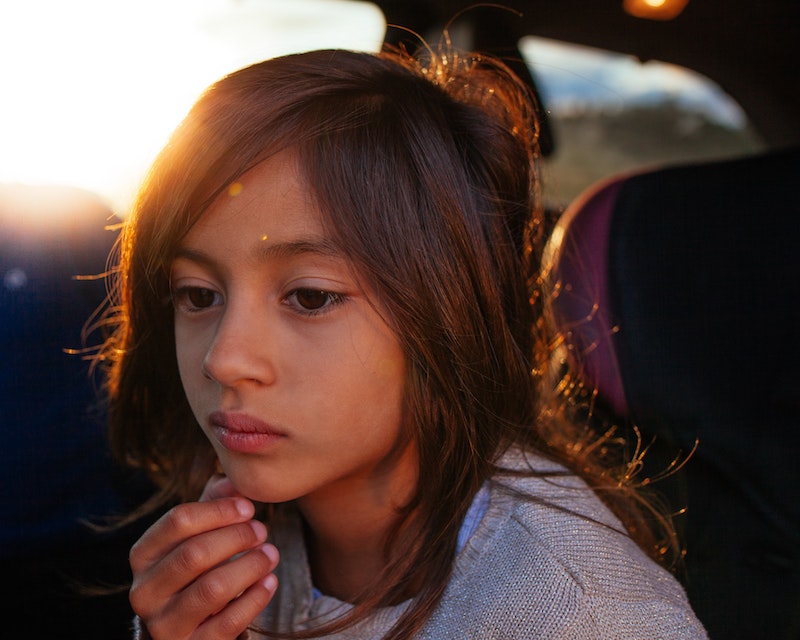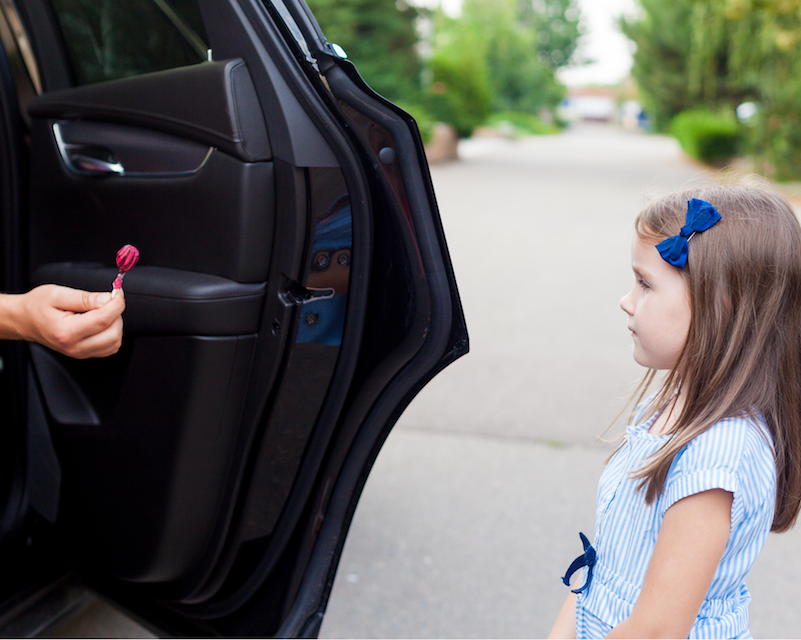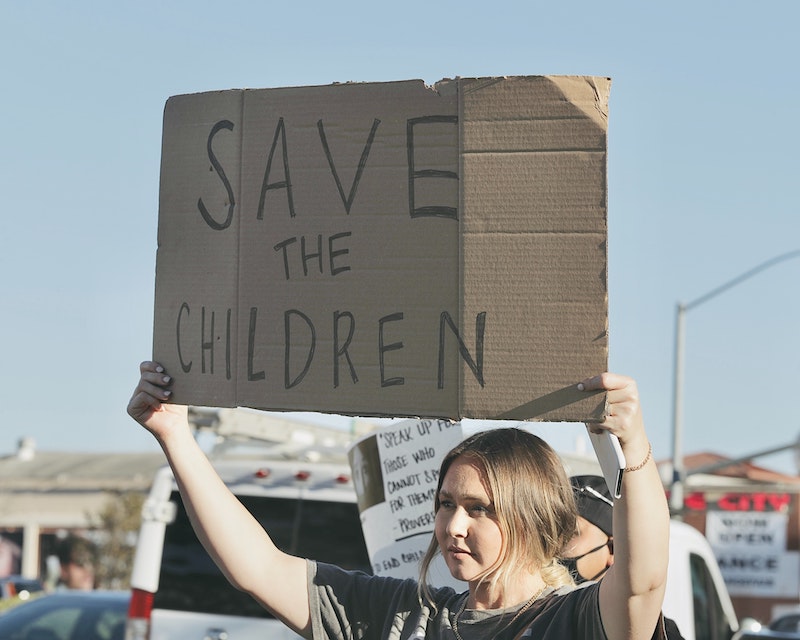Human Trafficking Facts
Who is vulnerable?
Human trafficking can happen to anyone but some people are more vulnerable than others. Significant risk factors include recent migration or relocation, substance use, mental health concerns, involvement with the child welfare system and being a runaway or homeless youth. Often, traffickers identify and leverage their victims’ vulnerabilities in order to create dependency.
Who are the traffickers?
Perpetrators of human trafficking span all racial, ethnic, and gender demographics and are as diverse as survivors. Some use their privilege, wealth, and power as a means of control while others experience the same socio-economic oppression as their victims. They include individuals, business owners, members of a gang or network, parents or family members of victims, intimate partners, owners of farms or restaurants, and powerful corporate executives and government representatives.
How do traffickers control victims?
Traffickers employ a variety of control tactics, the most common include physical and emotional abuse and threats, isolation from friends and family, and economic abuse. They make promises aimed at addressing the needs of their target in order to impose control. As a result, victims become trapped and fear leaving for myriad reasons, including psychological trauma, shame, emotional attachment, or physical threats to themselves or their family.
Who are the survivors?
Victims and survivors of human trafficking represent every race and ethnicity but some forms of trafficking are more likely to affect specific ethnic groups.
Human Trafficking Myths
Myth
Human trafficking is always or usually a violent crime.
Reality
The most pervasive myth about human trafficking is that it often involves kidnapping or physically forcing someone into a situation. In reality, most traffickers use psychological means such as, tricking, defrauding, manipulating or threatening victims into providing commercial sex or exploitative labor.
Myth
All human trafficking involves sex.
Reality
Human trafficking is the use of force, fraud or coercion to get another person to provide labor or commercial sex. Worldwide, experts believe there are more situations of labor trafficking than of sex trafficking, but there is much wider awareness of sex trafficking in the U.S. than of labor trafficking.
Myth
Traffickers target victims they don’t know.
Reality
Many survivors have been trafficked by romantic partners, including spouses, and by family members, including parents.
Myth
Only undocumented foreign nationals get trafficked in the United States.
Reality
Polaris has worked on thousands of cases of trafficking involving foreign national survivors who are legally living and/or working in the United States. These include survivors of both sex and labor trafficking.
Myth
Only women and girls can be victims and survivors of sex trafficking.
Reality
Men and boys are also victimized by sex traffickers. LGBTQ boys and young men are seen as particularly vulnerable to trafficking.
Myth
Human trafficking only happens in illegal or underground industries.
Reality
Human trafficking cases have been reported and prosecuted in industries including restaurants, cleaning services, construction, factories and more.
Myth
Human trafficking involves moving, traveling or transporting a person across state or national borders.
Reality
Human trafficking is often confused with human smuggling, which involves illegal border crossings. In fact, the crime of human trafficking does not require any movement whatsoever. Survivors can be recruited and trafficked in their own home towns, even their own homes.
Myth
If the trafficked person consented to be in their initial situation, then it cannot be human trafficking or against their will because they “knew better.”
Reality
Initial consent to commercial sex or a labor setting prior to acts of force, fraud, or coercion (or if the victim is a minor in a sex trafficking situation) is not relevant to the crime, nor is payment.
Myth
People being trafficked are physically unable to leave their situations/locked in/held against their will.
Reality
That is sometimes the case. More often, however, people in trafficking situations stay for reasons that are more complicated. Some lack the basic necessities to physically get out – such as transportation or a safe place to live. Some are afraid for their safety. Some have been so effectively manipulated that they do not identify at that point as being under the control of another person.
Myth
Labor trafficking is only or primarily a problem in developing countries.
Reality
Labor trafficking occurs in the United States and in other developed countries but is reported at lower rates than sex trafficking.
Myth
All commercial sex is human trafficking.
Reality
All commercial sex involving a minor is legally considered human trafficking. Commercial sex involving an adult is human trafficking if the person providing commercial sex is doing so against his or her will as a result of force, fraud or coercion.
Myth
People in active trafficking situations always want help getting out.
Reality
Every trafficking situation is unique and self-identification as a trafficking victim or survivor happens along a continuum. Fear, isolation, guilt, shame, misplaced loyalty and expert manipulation are among the many factors that may keep a person from seeking help or identifying as a victim even if they are, in fact, being actively trafficked.
Statistics
In 2021, 10,359 situations of human trafficking were reported to the U.S. National Human Trafficking Hotline involving 16,554 individual victims. Shocking as these numbers are, they are likely only a fraction of the actual problem.
Additional Information

Child Sex Trafficking
In complex and frightening times, it’s natural that the world seems like a more dangerous place for our children than ever before. Understanding the realities of child sex trafficking will help you to not only keep your own children safe, but to become an effective advocate for the safety of all children and families in your community.
Human Trafficking Rumors
Your social media feed fills up with terrifying stories of children being snatched off the streets by traffickers, packaged in shipping crates or auctioned off online and sold to the highest bidder. Sometimes these stories are spread by well-meaning people who are truly concerned. Other times, they are being put forward by organizations and individuals with other agendas.


#SaveTheChildren Questions and Answers
Beginning in the summer of 2020, complex child sex trafficking schemes began circulating online and igniting the use of #SaveTheChildren. The barrage of misinformation, hashtags and online chatter has left many people who care deeply about this issue confused about what to believe, and how to help.
Human Trafficking Training
Compassionate, committed individuals and communities like yours are the most powerful resource there is to prevent and reduce human trafficking. But to leverage your power, you need the best possible information. Take our free introductory course, Human Trafficking 101, to learn what human trafficking really is, how it happens, and how you can be part of the solution.